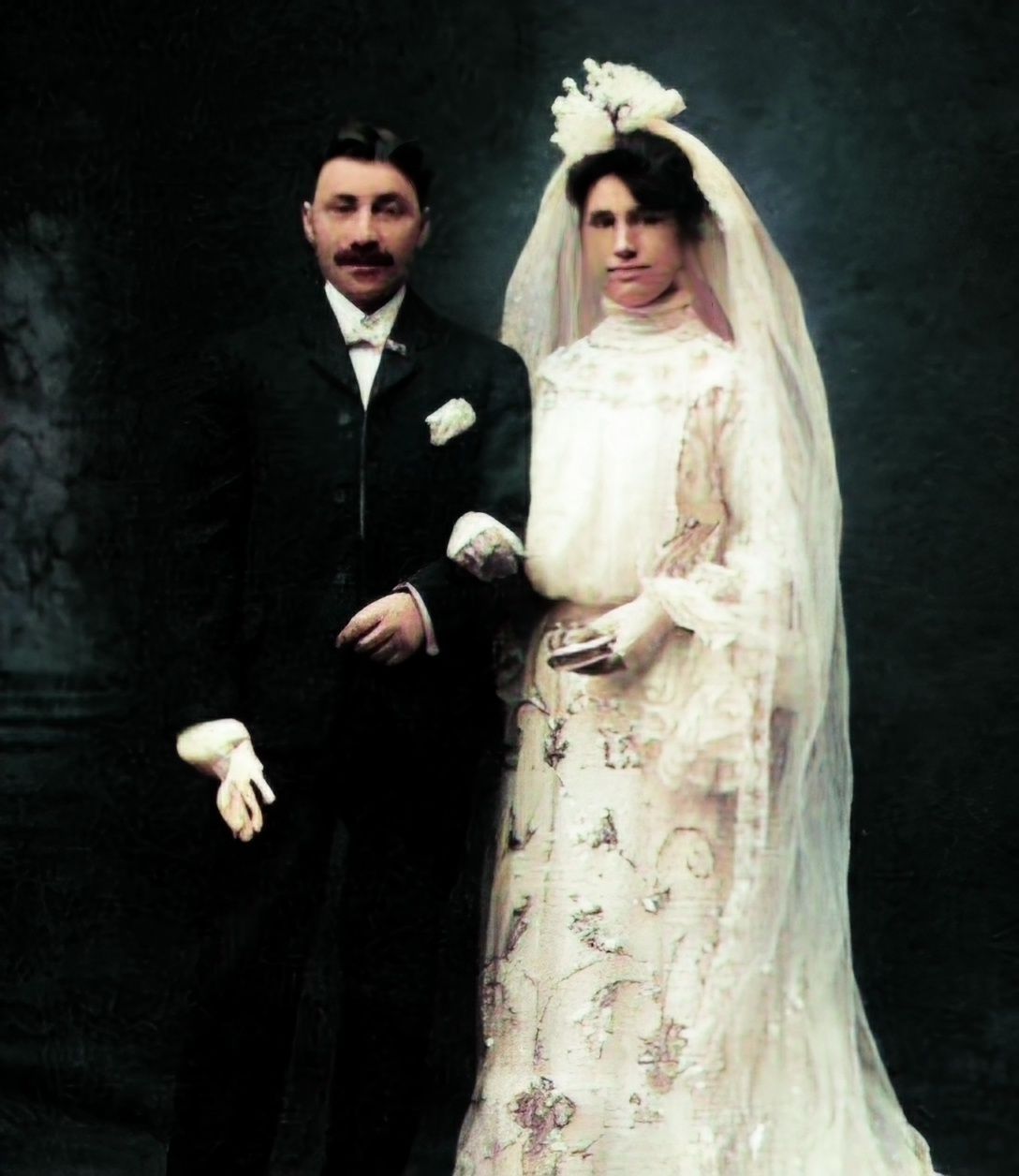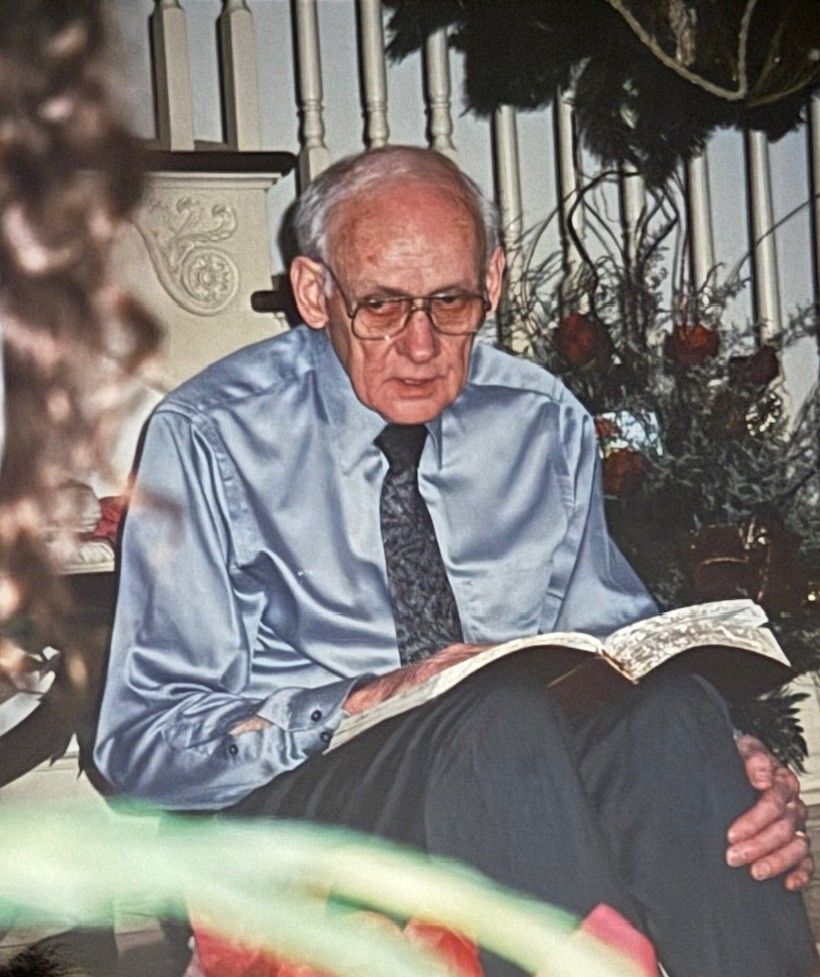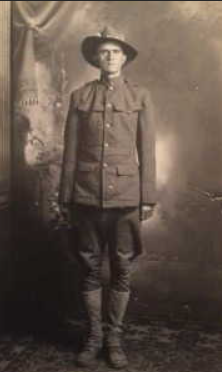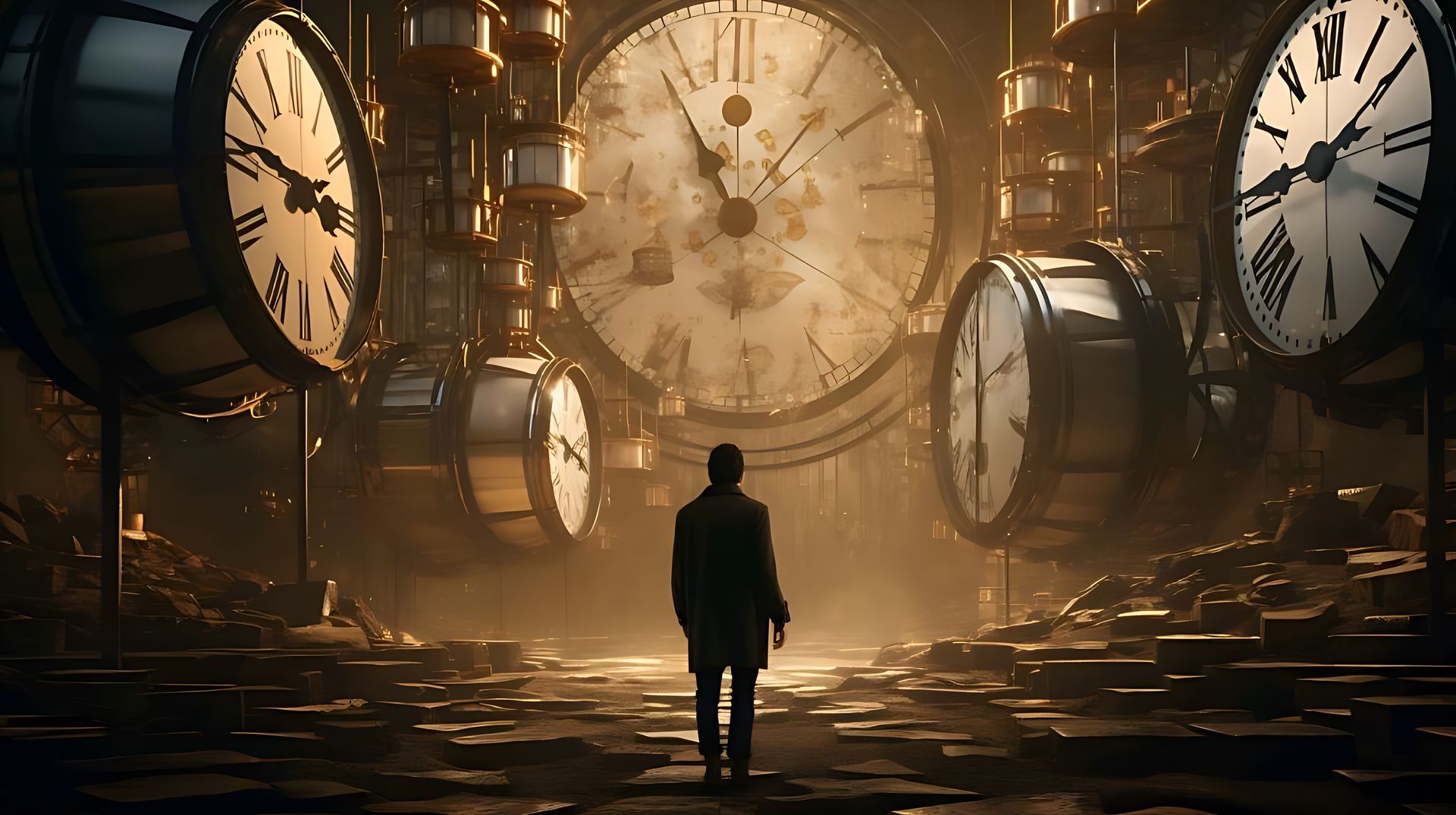There were many people who thought Jonathan Reed was on the verge of full-blown insanity, a presumption which seemed quite reasonable, given that he spent every day sitting in a mausoleum in Brooklyn’s Evergreens Cemetery. But to Jonathan, there was a perfectly good explanation for his behavior. He had made his beloved wife Mary a promise, and it was one he intended to keep.
They had been married for 35 years when a lingering illness finally took her from him. As she lay dying, he promised he would never leave her. And Jonathan Reed was truly a man of his word.
Mary was originally entombed in a crypt owned by her father, a man with little patience for Jonathan’s devotion. Growing tired of his constant presence, Mary’s father finally told Jonathan he was no longer welcome. So, Jonathan did the only thing he could do. He paid $3,000 (in 1895) to have his own personal mausoleum constructed. Upon its completion, Mary’s remains were moved—and Jonathan was able to stay with her once more.
He would be waiting at the gates of the cemetery when it opened at 7:00 every morning and hesitantly leaving at 7:00 every evening when the cemetery closed. The hours in between were spent visiting with his Mary, talking with her as if she were listening to his every word (and who knows . . . perhaps she was), taking all of his meals there (using their wedding china), and lovingly gazing at her through the glass panel which protected her body (since the casket remained open for that very purpose). As a matter of fact, Jonathan had brought many of their personal belongings from home . . . her dressing table and toilet articles . . . her unfinished knitting . . . a deck of cards with which she often played . . . draperies that once hung over the windows of the home they shared . . . and pictures of Mary from her childhood until her death. Oh, and Mary’s pet parrot, who did not survive the ensuing years and was eventually stuffed so he could remain.
The exterior of the mausoleum was equally welcoming—if a mausoleum can be welcoming. Jonathan had planted flowers and grasses everywhere, the kind that Mary had grown at their home. And there were metal benches to accommodate the guests who came to call—approximately 7,000 during the first year alone, each anxious to meet the man who spent his days among the dead.
It wasn’t long until the patience of the cemetery’s caretakers mirrored that of Mary’s father and in 1896 they determined the steady stream of visitors had to stop. After talking with Jonathan, they refused to open the tomb for anyone other than family members, or under very special circumstances (which also required a very special permit). And, of course, always for Jonathan. The cemetery’s decision led to fewer and fewer people being aware of his chosen lifestyle, but it never lessened Jonathan’s devotion to his Mary. Nor did it ever stop his visits. And it was there a caretaker found him on March 23, 1905, lying on the floor of the crypt, his arms outstretched as though reaching for his beloved. Jonathan had suffered a massive stoke; he lingered for several months before joining his Mary once more in September of that year. Only this time he would not be required to leave when the gates closed at 7:00.
In 1897, when he was being interviewed by a reporter for the Times Union, Jonathan Reed offered this explanation for what many viewed as insanity. “I loved her in life, and I love her still in death. When we meet in heaven, if there be a heaven, what a joyous meeting ours will be! But if we should never meet again, I want to be close beside her to the last. This life is altogether made up of sentiment. What would it be without sentiment and love?”
What indeed?
About the author: Lisa Shackelford Thomas is a fourth-generation member of a family that’s been in funeral service since 1926 and has worked with Shackelford Funeral Directors in Savannah, Tennessee for over 45 years. Any opinions expressed here are hers and hers alone and may or may not reflect the opinions of other Shackelford family members or staff.













